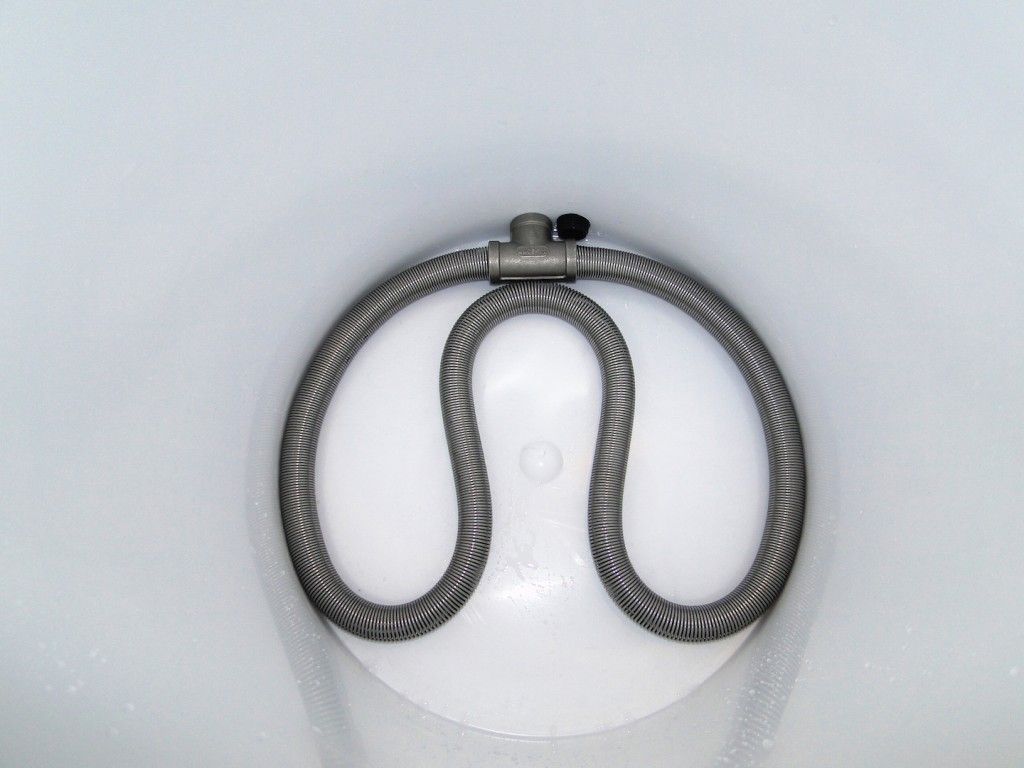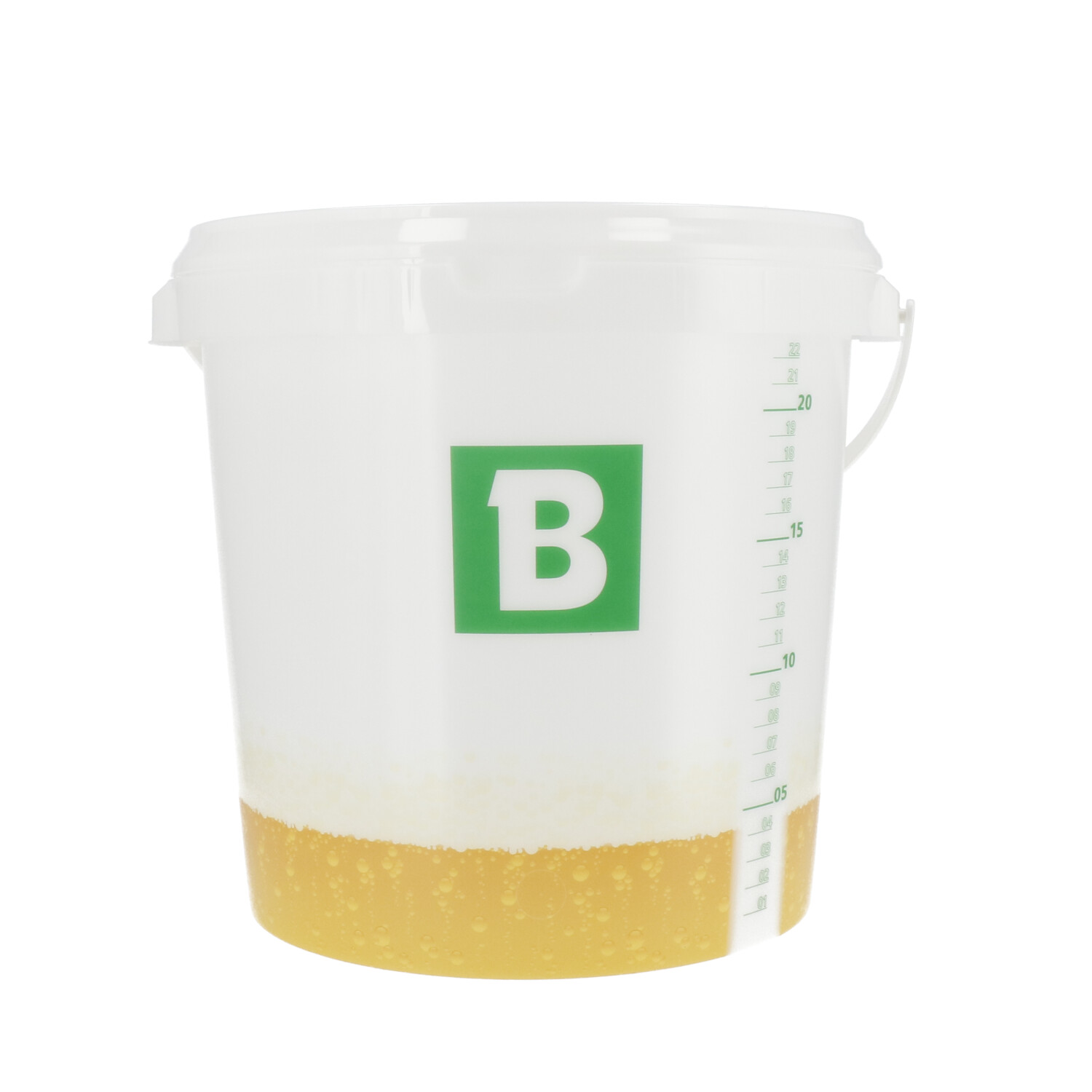
Beer Brewing Guide - Step 3: Lautering
Reading time: 3 minutes
Lautering is a crucial step in the brewing process that allows the liquid beer wort to be separated from the solid malt residues. In this text, we will explain the lautering process on a hobby brewer's scale step by step.
Step 1: Preparing the equipment
Before lautering can begin, careful preparation of the required equipment is crucial. Basic tools include a lauter tun, and either a mash tun, a lauter spiral (lauter witch) or a lauter tun bottom, as well as a drain tap or valve, hoses and a bucket or measuring cup for liquid drainage. Make sure that everything is thoroughly cleaned.
Step 2: Transferring the mash
For those who work with a lauter spiral, a lauter tray or mash bag (BIAB - Brew In A Bag) directly in the mash tun, decanting is not necessary. Lautering then takes place directly from the mash and lauter tun into the brewing kettle. If you use the same pot for mashing and boiling, you need a buffer vessel (e.g. bucket).
Once the mash has completed its resting time in the mash tun, it is transferred to the lauter tun using measuring cups or by transferring the pot. This lauter tun is equipped with either a special sieve or a lauter base, which allows the clear wort to be separated from the solid malt residue.
Step 3: Lauter rest and pre-run
After transferring the mash, the lauter is left to rest for 10-15 minutes to allow the spent grains to settle and form a filter cake. During the pre-run, the wort is circulated within the lauter tun via the drain tap using a measuring jug. This step is repeated until the wort runs clear, i.e. little or no solids run out of the tap.
Step 4: Lautering the front wort
After the wort has run clear, we pour the drained first wort, as the extract-rich first part of the lautered wort is called, into the brewing kettle in which we want to boil afterwards. Please make sure that the wort does not splash, but use the measuring cup or a hose to prevent oxygen from entering and damaging the beer flavour.
Before the spent grains cake starts to run dry, we pour in the final pour. The rule of thumb is 1 cm of wort above the spent grains cake. If the wort is cloudy, you can check the remaining amount of wort with the mash paddle. This prevents the spent grains cake from clogging up with fine grist and no more lauter wort flowing through.
Step 5: The secondary pour
To ensure that all the valuable sugars are extracted from the mash, hot water is poured over the solid residue (the spent grains). This process is known as post-pouring and helps to increase the wort yield. The temperature of the post-pour water can vary, but should generally be between 75°C and 78°C.
Step 6: Transferring the wort
If you extract the wort from a mash and/or lauter tun, you must then transfer it to the brewing kettle. This is where the boiling process takes place, during which hops are added and the wort is sterilised. The wort should be transferred to the brewing kettle carefully to avoid turbulence and thus excessive oxygenation and to maintain the clarity of the wort.
Step 7: Determining the original wort
The original gravity is measured during the lautering process. This value indicates how much sugar has been extracted from the malt and is decisive for determining the alcohol content of the finished beer. In Germany, it is given in degrees Plato (°P). Please note that this value will increase during boiling due to the evaporation of water! You can measure this using a spindle or a refractometer.
Learn more about measuring original gravity here.
Step 8: Cleaning the equipment
After the wort has been successfully transferred, it is important to clean all the equipment thoroughly. This prevents possible contamination on future brew days and contributes to the quality of your beer.
Final remarks
Lautering is an essential step on the road to producing craft beers. Through careful preparation, precise separation of solids and control of wort yield, homebrewers can control the quality and flavour of their beer. Lautering offers room for creativity and experimentation, and with experience and dedication you can brew unique beers with individual character. It is a process that brings the passion for brewing beer to life on a hobby brewer's scale.
Lautering option | Advantages |
Mash bag (25 Liter)
14,95€ | Advantages:
|
Lautering spiral
34,95€ | Advantages:
|
MatMill Lautering sheet metal (31,6 cm)
44,95€ | Advantages:
|
Malt pipe integrated in the brewing system
Depending on the brewing system | Advantages:
|




